Wear OS 3.5 is here: features, supported watches and everything you need to know
It's a big update for Android watches and the Pixel Watch
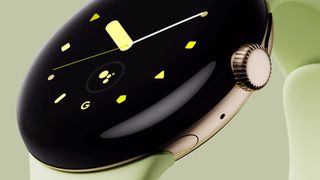
Wear OS 3.5 is the biggest update for Wear OS smartwatches yet. In partnership with Samsung, it offers faster app load times, fitness tracking powered by Fitbit's technology, a redesigned interface, and more.
Its debut was announced alongside the Pixel 7 and 7 Pro at Google's event in October 2022, where the Pixel Watch was showcased.
It’s an important upgrade that could breathe new life into the operating system – if consumers and smartwatch makers embrace it.
Below you’ll find full details of everything Wear OS 3.5 offers, along with information on when, where, and how you can get it.
Cut to the chase
- What is it? The latest version of Google's smartwatch operating system
- When is it out? Now - first for the Pixel Watch, and then other wearables
- How much does it cost? It's free
Wear OS 3 release date
Wear OS 3 was announced at Google's I/O developer conference in May 2021, and first became available in August 2021.
At Google's event in October 2022, Wear OS 3.5 was announced alongside the Pixel Watch, showcasing features from Fit Bit that enables far more fitness features than previously offered.
Wear OS 3 compatibility
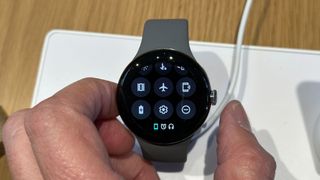
Despite being available since 2021, there are currently very few smartwatches that actually run Wear OS 3. In fact, at the time of writing you can only get it on the Samsung Galaxy Watch 4, the Samsung Galaxy Watch 4 Classic, and the – very expensive – Montblanc Summit 3.
Get the best Black Friday deals direct to your inbox, plus news, reviews, and more.
Sign up to be the first to know about unmissable Black Friday deals on top tech, plus get all your favorite TechRadar content.
No previously available smartwatches have yet received a software update to Wear OS 3, but some will do; with the Fossil Gen 6, Michael Kors Gen 6, Skagen Falster Gen 6, Razer X Fossil Gen 6, TicWatch Pro 3, TicWatch Pro 3 Ultra, and TicWatch E3 all theoretically getting updated before the end of 2022.
Some of the current crop of the best smartwatches may well get updated as well, but no other devices have been confirmed yet.
We’re also expecting new smartwatches to launch running Wear OS 3 before too long, including the Google Pixel Watch and the Samsung Galaxy Watch 5 line.
Note that to use a Wear OS 3 watch you also need a compatible operating system on your phone. In theory it works with both iOS and Android, but at the time of writing only the Montblanc Summit 3 includes iOS support – the Galaxy Watch 4 line doesn’t, and neither the Pixel Watch nor the Galaxy Watch 5 line are expected to.
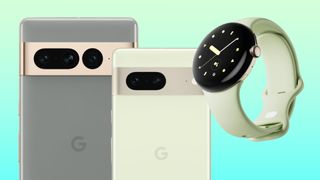
Wear OS 3 features
There’s plenty to see in Wear OS 3.5, but it’s worth noting that not every feature will be available on every watch. Notably, the Samsung Galaxy Watch 4 line runs One UI Watch on top of Wear OS, which changes the look and some aspects of the user interface.
Below, you’ll find a rundown of stock Wear OS 3.5 features – functionality you can expect to find on the Pixel Watch, and any other Wear OS 3.5 wearable that hasn’t been extensively customized, like Samsung's current Galaxy Watch series, where you can expect to find more variation.
Faster and longer lasting
Google first partnered with Samsung to build Wear OS 3.5, and the result is a combination of Wear OS 2 and Samsung’s Tizen-based wearable operating system; with some new features dropped in for good measure.
Key improvements that have come from this collaboration include app load times that are up to 30% faster (than Wear OS 2) and improved battery life. That latter improvement makes it more viable to do things like run the heart rate monitor all day or track your sleep without needing a charge first thing in the morning, every morning.
An upgraded interface
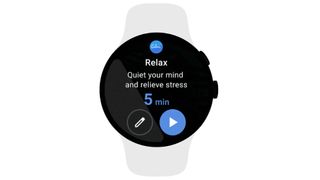
Wear OS 3 also brings about interface changes, with Google focusing on making it quicker and easier to operate your wearable. Nobody wants to spend ages swiping through menus on a watch's relatively small display, so there’s a focus on shortcuts and gesture controls; along with the ability to use Tiles (basically, mini widgets) to customize your watch’s home screen carousel in more ways than before.
You’ll also have quick access to smart home controls in Google Home and be able to quickly switch between in-use apps with a new task switcher.
A customized overlay
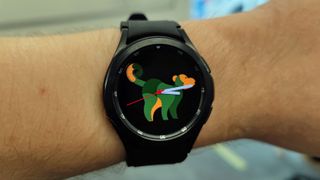
Just as Android smartphone manufacturers can add a custom interface on top of stock Android, smartwatch makers can now pull a similar trick with Wear OS, so the platform won’t necessarily look or behave identically on every smartwatch.
This should give buyers more choice and more opportunity to find an interface and features that they really love.
One UI Watch, found on the Galaxy Watch 4 line, is an early example of this; it offers a number of Samsung apps and services in addition to Google’s, and draws more parallels with the design of Samsung’s smartphone interface.
New and improved Google apps
Google took this opportunity to redesign and improve Google Assistant and Google Maps, as well as adding support for more countries in Google Pay (soon to be replaced by the return of Google Wallet) and bringing YouTube Music to your wrist.
Fitness powered by Fitbit
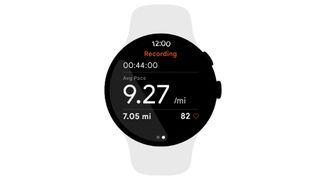
Since Google now owns Fitbit it’s no surprise that some of the latter company’s expertise has made it into Wear OS 3. This includes features like on-wrist goal celebrations and various tools for tracking your health progress throughout the day.
Exact fitness tracking capabilities will depend on the hardware your smartwatch offers – most but not all include GPS and heart rate monitors, for example – and then there are less common feature,s like ECGs and blood oxygen monitors.
Better third-party apps
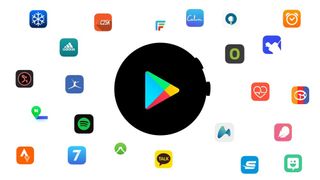
Google is also pushing for better third-party app support in a few ways. For one, the company is making it easier for developers to build great apps in the first place; with tools like a new Tiles API and a watch face design editor.
On top of that, Google is also aiming to reward developers for high-quality apps – and penalize low-effort ones – by adjusting their search ranking in the Play Store.
Google has guidelines for what good Wear OS apps should do, such as making sure they’re formatted for both square and circular screens, having clear and easy to read text, and making the app function without a smartphone or tablet.
All the core smartwatch stuff you'd expect
Above, we’ve detailed ways in which Wear OS 3.5 deviates from and improves on Wear OS 2 but it also retains all the core functionality of that previous platform, such as notifications, timers, alarms, and more.
James is a freelance phones, tablets and wearables writer and sub-editor at TechRadar. He has a love for everything ‘smart’, from watches to lights, and can often be found arguing with AI assistants or drowning in the latest apps. James also contributes to 3G.co.uk, 4G.co.uk and 5G.co.uk and has written for T3, Digital Camera World, Clarity Media and others, with work on the web, in print and on TV.
Most Popular


